The media is not at all homogeneous in the way it tells us about war
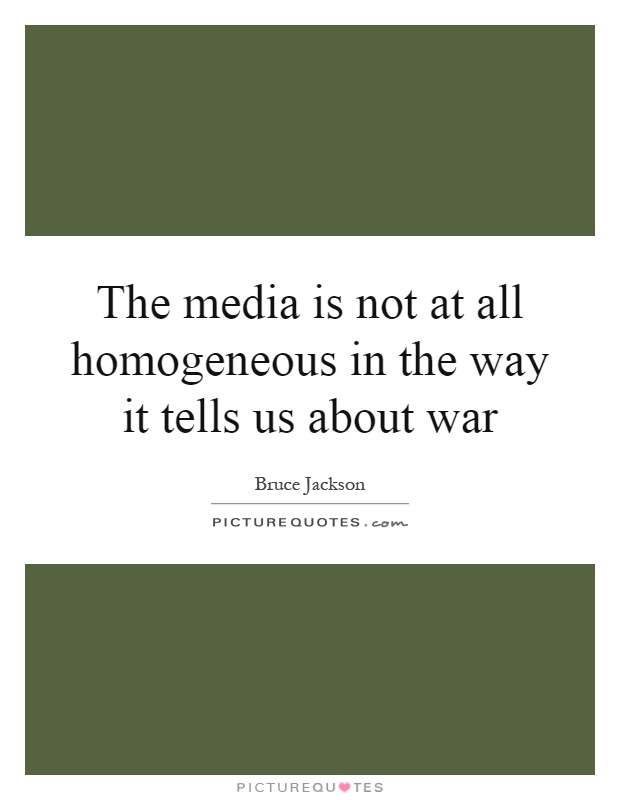
The media is not at all homogeneous in the way it tells us about war
Bruce Jackson, a renowned American folklorist and documentary filmmaker, has long been critical of the way the media portrays war. He argues that the media is not at all homogeneous in the way it tells us about war, and that this lack of consistency can have serious consequences for public understanding and perception of conflict.One of the key points that Jackson makes is that the media often focuses on sensationalist and dramatic aspects of war, rather than providing a nuanced and balanced view of the situation. This can lead to a distorted and one-sided understanding of the conflict, which in turn can influence public opinion and policy decisions. For example, the media may focus on graphic images of violence and destruction, while neglecting to provide context or background information that could help viewers understand the root causes of the conflict.
Jackson also argues that the media tends to rely on official sources and government narratives when reporting on war, rather than seeking out alternative perspectives or voices. This can result in a biased and limited view of the conflict, as well as a lack of critical analysis and scrutiny of official claims. For example, the media may uncritically report on government statements or military briefings, without questioning their accuracy or veracity.
Furthermore, Jackson points out that the media often simplifies complex conflicts into black-and-white narratives of good versus evil, which can obscure the reality of the situation on the ground. This can lead to a lack of empathy and understanding for the people affected by war, as well as a failure to address the underlying causes of conflict. For example, the media may portray one side as the aggressor and the other as the victim, without acknowledging the complexities and nuances of the situation.
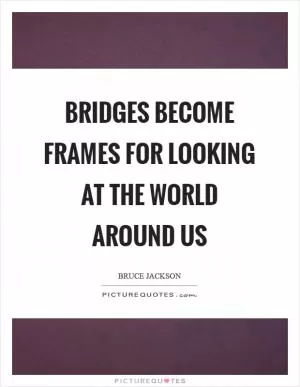
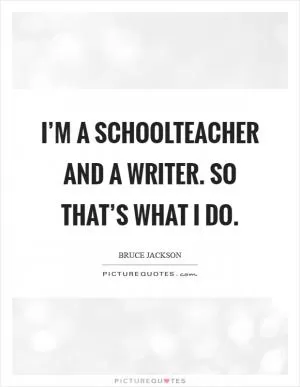
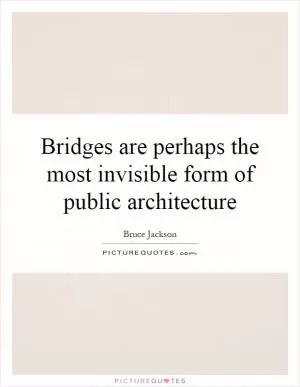
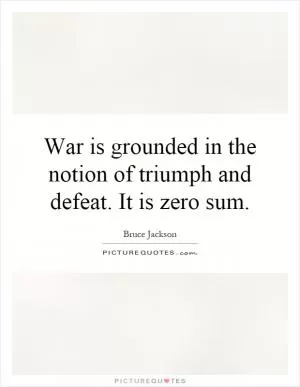
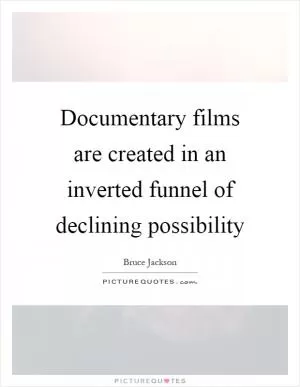
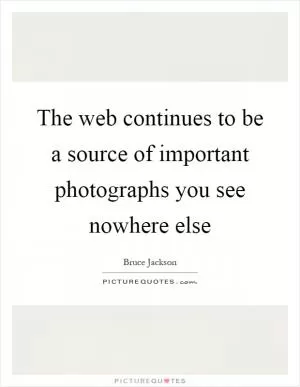
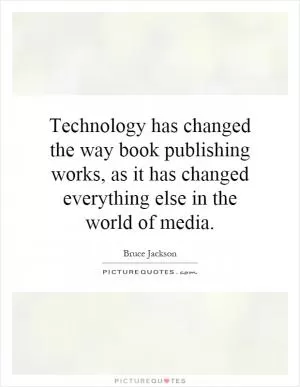
 Friendship Quotes
Friendship Quotes Love Quotes
Love Quotes Life Quotes
Life Quotes Funny Quotes
Funny Quotes Motivational Quotes
Motivational Quotes Inspirational Quotes
Inspirational Quotes